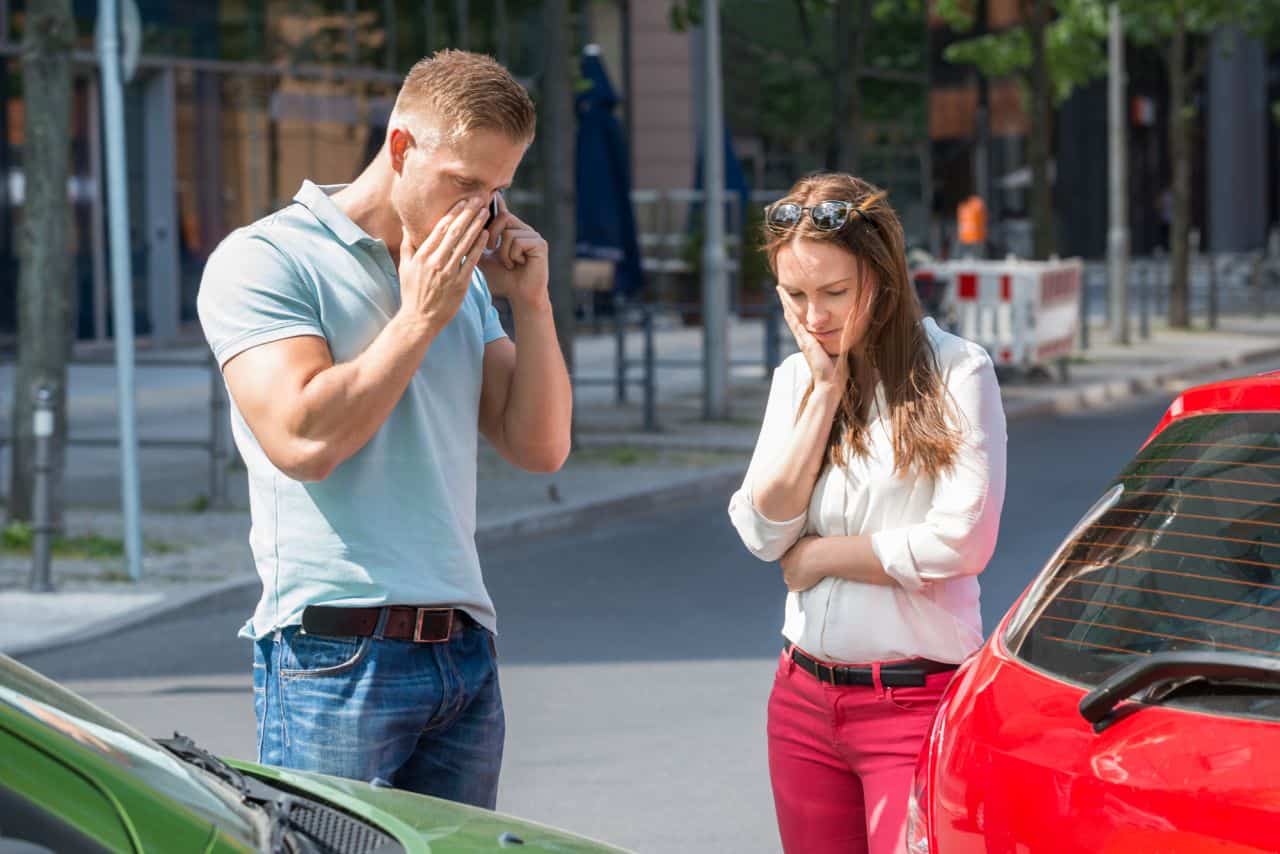After many years of driving on the road, it’s only natural for getting behind the wheel to feel like going through the motions. Unfortunately, though, this can lead to a driver quickly forgetting the common dangers of the road which can lead to a car accident. This means that in the event an accident occurs, a person may not know how to respond appropriately to handle the incident.
Rather than making a mistake that can lead to the situation becoming worse than it already is, refresh yourself on what to do if you are involved in a car accident.
What Are the Odds of Being Involved in a Car Accident?
It may not be a pleasant thought to consider but looking at just how common car accidents are can drive home the danger they present. As of the latest data, there are over five million car accidents in the United States on an annual basis. When comparing this to the fact that there are 233 million licensed drivers in the United States, and assuming two drivers per crash, roughly 4% of driver’s go through a car accident in a year.
The Leading Factors that Contribute to Car Accidents
There are a number of different factors which can contribute directly to the likelihood of a car accident, as opposed to being a cause of a car accident. For example, cars of certain colors have different crash likelihoods for a variety of factors. Additionally, technological distractions in modern cars also contribute to an increased likelihood of accidents because they take drivers’ attention off of the road in front of them. In addition to this, however, there are some more leading factors:
- Slick road conditions that cause a person to lose control of their vehicle
- Nighttime driving that reduces visibility on roadways
- Driving with young kids or teenagers inside the car
- Reckless driving conditions
The 3 Leading Causes of Car Accidents
Building off of the prior points, there are three primary specific causes for car accidents to keep an eye out for, though. These three causes include:
1. Drunk Driving
First and foremost, drivers getting behind the wheel of the car after drinking is a major cause of accidents on the road. Alcohol impairs a person’s judgment along with their decision-making skills which is a dangerous combination when behind the wheel of a car. In addition to this, however, drunk driving also takes away a person’s motor control skills which negatively impacts reaction time on the road.
2. Poor Weather Conditions
Another major cause of accidents on U.S. and global roadways is simply poor weather conditions. It could be heavy snowfall, torrential rain, scorching heat, or something else entirely, but bad weather can lead a person’s vehicle to run into mechanical issues that are difficult to fix.
3. Distracted Driving
Finally, distracted driving is another one of the most common causes for car accidents on the road. There are a variety of reasons a driver may become distracted behind the wheel, but the most common include technology such as smartphones, passengers pulling your attention away, eating in the car, or something else.
Key Steps to Take After an Accident Occurs
In the event that a car accident is unavoidable, there are a number of different steps to take. Each of the following steps is in order and should be followed as soon as an accident occurs:
Check everyone in your vehicle for injury
First and foremost, a person should always inspect themselves for injury after a car accident to determine whether it’s necessary to contact emergency services. After you inspect yourself for any injuries, take the time to look at others in your car or the cars that were involved in the crash. Remember that not all injuries may be present at first glance, so check beneath your clothes to be sure there are no hidden injuries.
Get all vehicles involved to the side of the road
Once everyone has been inspected for injuries and it is clear that there are no major injuries that need addressing, take the time to get the vehicles out of the road. Assuming everything is operational, pull your vehicle to the shoulder so that you can begin the following steps in this process.
Exchange information with the other driver(s)
Once all vehicles that were involved in the crash have been removed from the roadway so as to not cause a secondary accident, it’s important to swap information with other drivers. This information should include your driver’s license for the contact information along with the insurance information so that the claims issue can be sorted out.
Take photos of any damages
Finally, after exchanging information with the other driver(s) involved, the final step to follow is to take photos of any and all damage to the vehicles that were involved. No matter how minor certain damage may seem, take the time to photograph it for proof that it occurred during the crash and not some other time. This will help you build your case in court should the other person lie about when an injury occurred. While it’s nice to believe that everyone will be honest after an accident, some people may view it as an opportunity to lie about damage to their vehicle.
Protect yourself on the road
The last thing any driver wants to go through is a terrible car accident on the road that leaves them with lasting injuries. This unfortunate situation can create far more frustration than it should, leaving a person unsure of what to do next. Use all of the above tips to identify the common causes of car accidents and what to do in the event you are in an accident. Should you be involved in a crash that leaves you with injuries, due to no fault of your own, don’t hesitate to reach out to a lawyer who may be able to assist you with the situation.

